| Bluemont, VA -- The Native American Church of Virginia offers ways to encourage and support the identification, stewardship, and use of Virginia's significant archaeological resources for educational and cultural benefits with preservation, protection and restoration of Paleo-Indian and Native American Indian sites and culture. Join us in October as we share evidence of an advanced, but different, intelligence left by a people more than 10,000 years ago here. Thanks to the Clermont Foundation, Blue Ridge Mountain Civic Association, Bears Den, Friends of Bluemont and Art in the Foothills for hosting us. Currently, we are participating in two presentations and one Art Show, all open to the public: Clermont Farm Day Sat., Oct. 11 Presentations and Exhibits 10:00 am – 4:00 pm 801 East Main Street Berryville, VA 22611 Bears Den Fri., Oct. 17 Presentations 7:00 - 8:00 pm 18393 Blue Ridge Mountain Rd Bluemont, VA 20135 International Archaeology Day | Art in the Foothills Oct. 24-26 Art Show 10:00 am – 5:00 pm The Boulder Crest Retreat for Military and Veteran Wellness 18370 Bluemont Village Lane Bluemont, VA 20135 For information about Virginia Archaeology Month can be found at the Department of Historical Resources. Release of New T-Shirt on Oct. 11 |
|
0 Comments
Letter to the Editor: A Native American Perspective on Cool Spring Battlefield Park Concept3/3/2012
|
Paleo News Room
for the site discovered by Chris (Comeswithclouds) White in 2010 Topics
All
History
August 2020
|

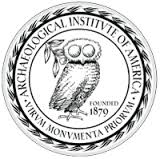
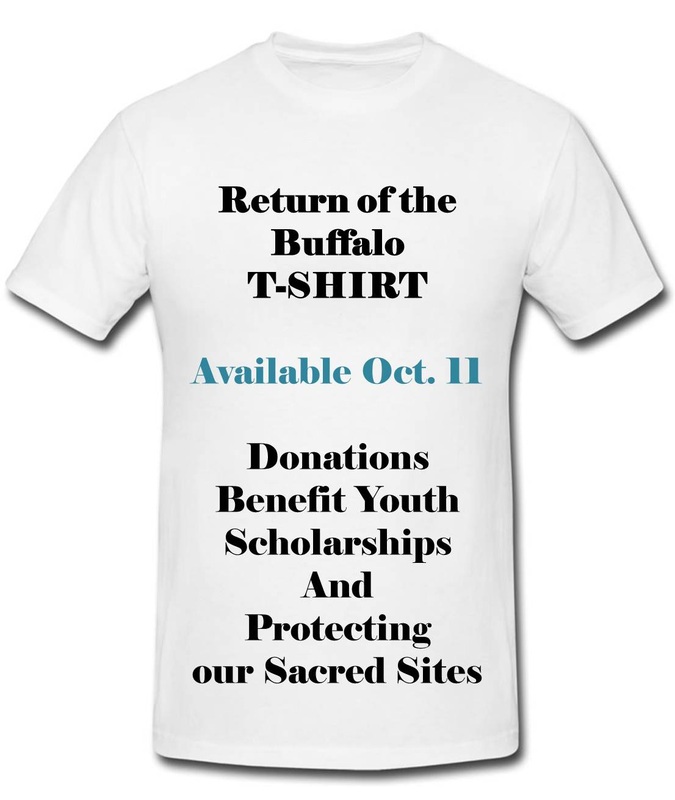
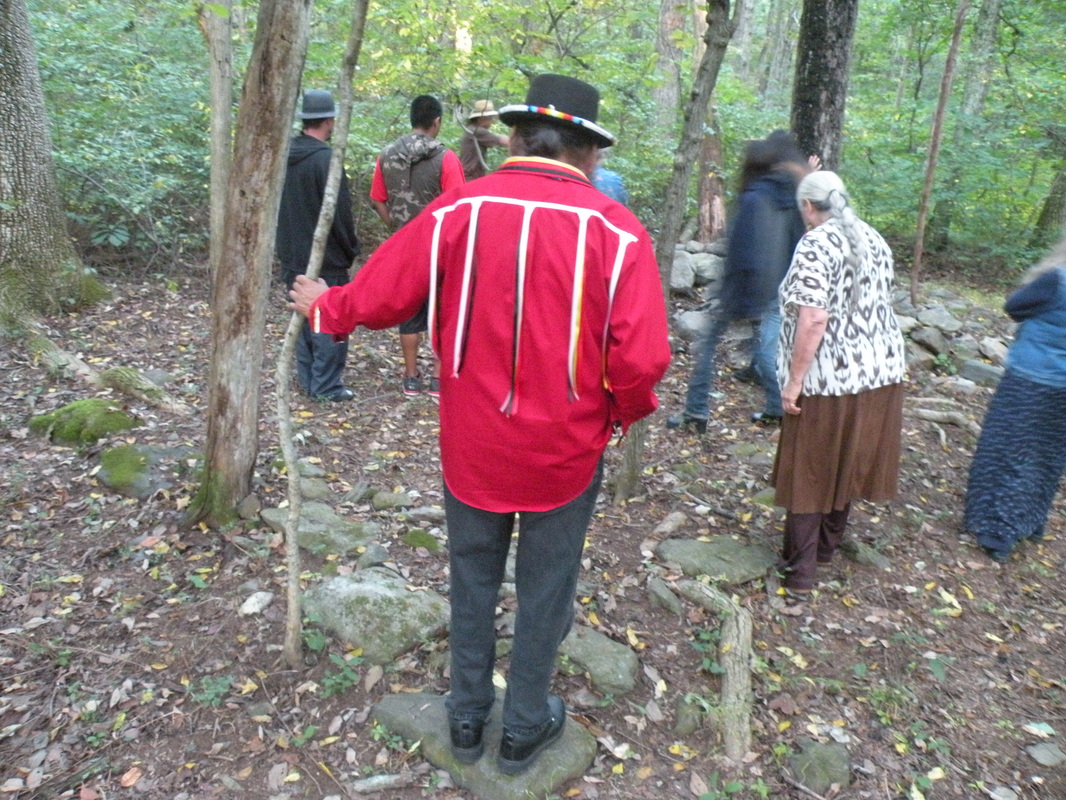
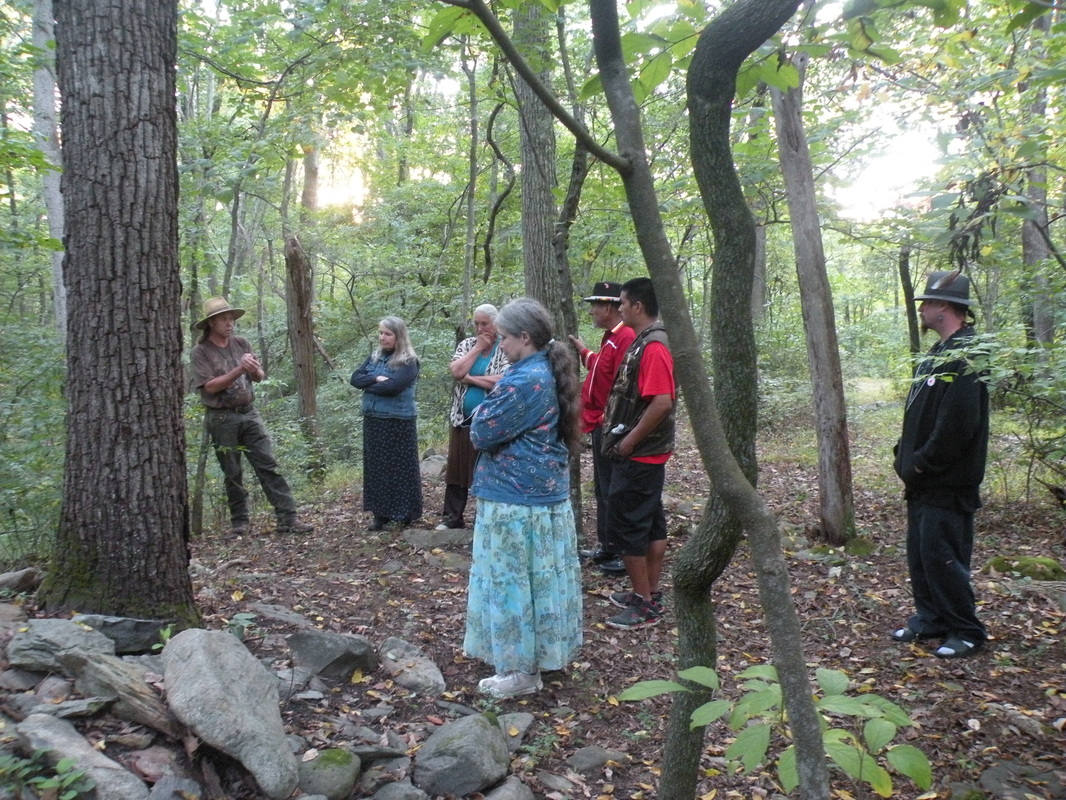
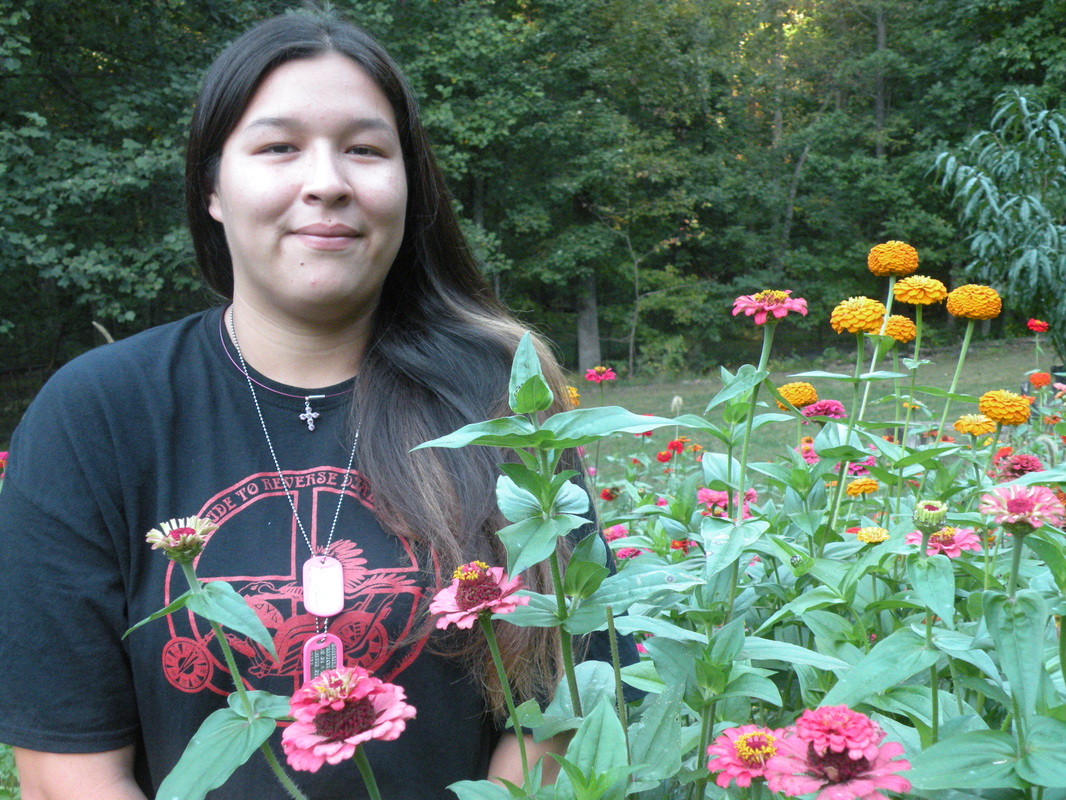
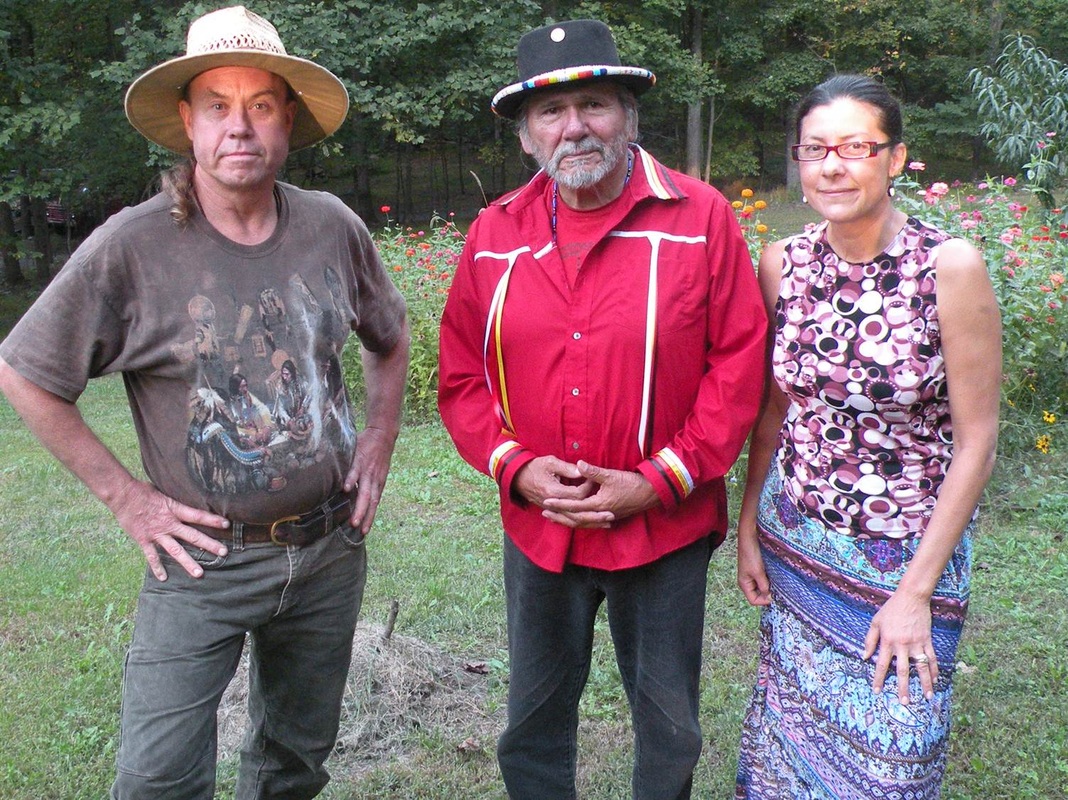
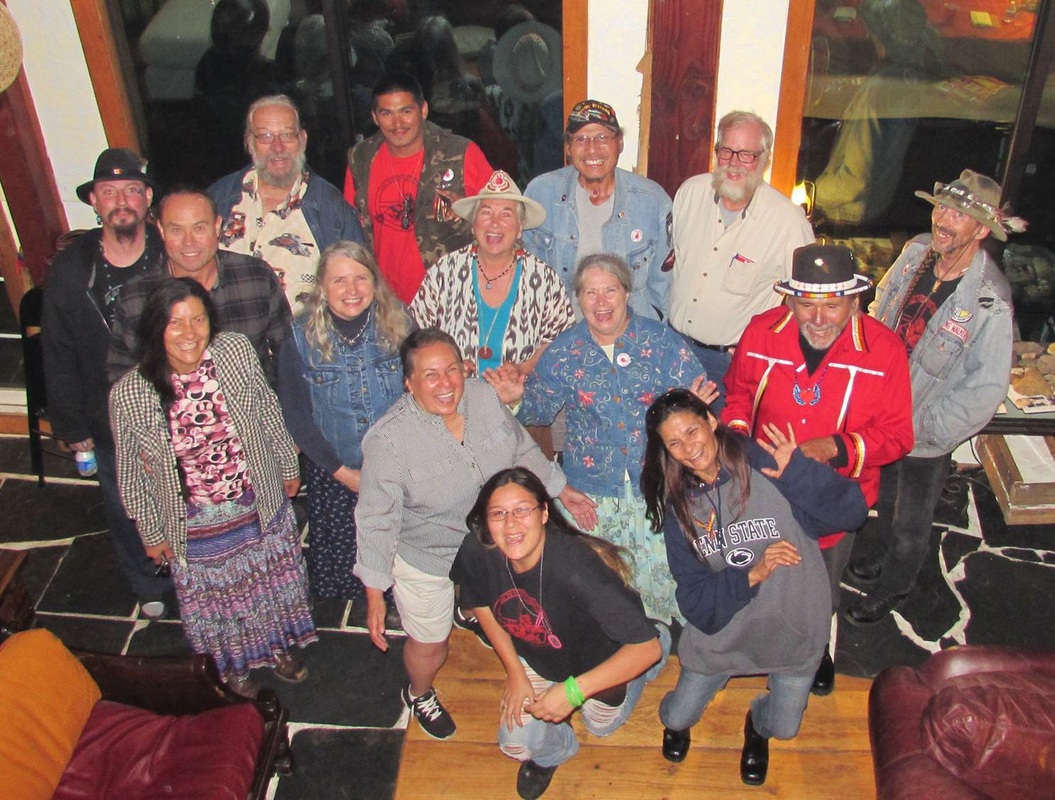
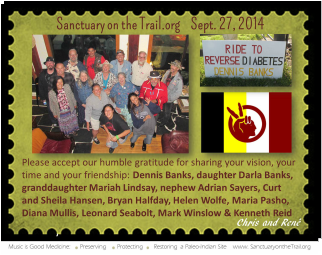
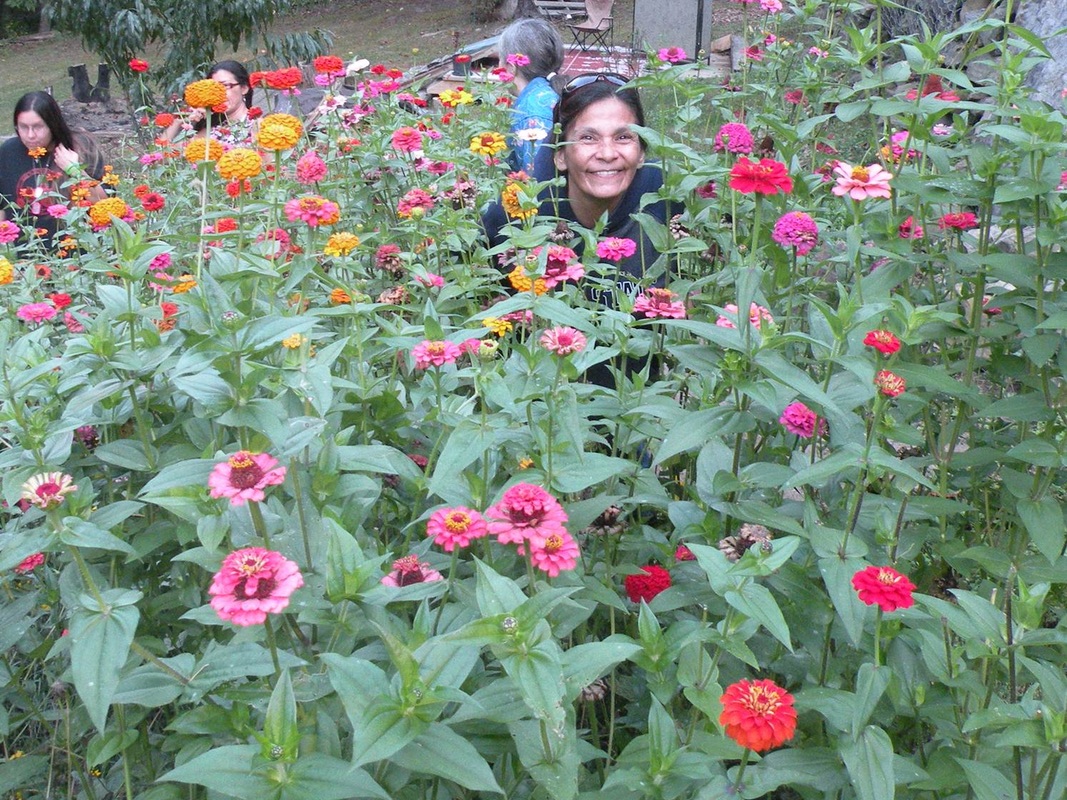

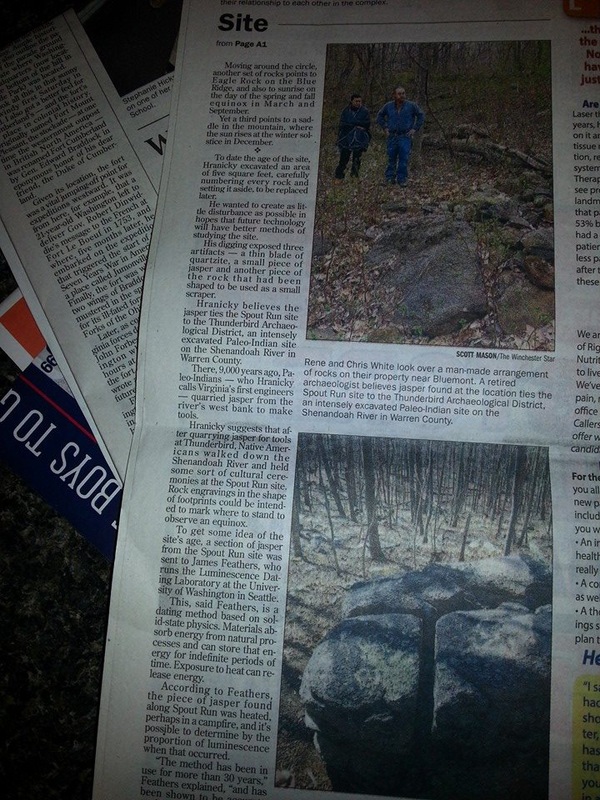
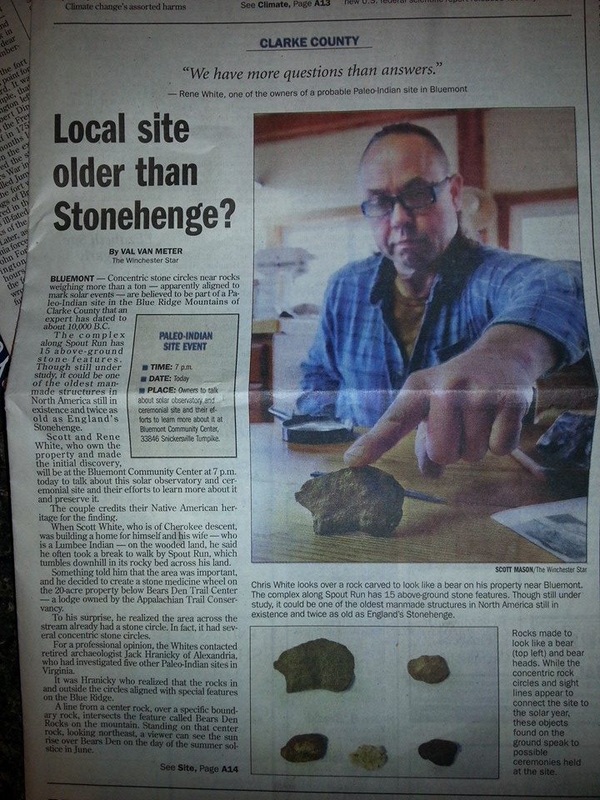
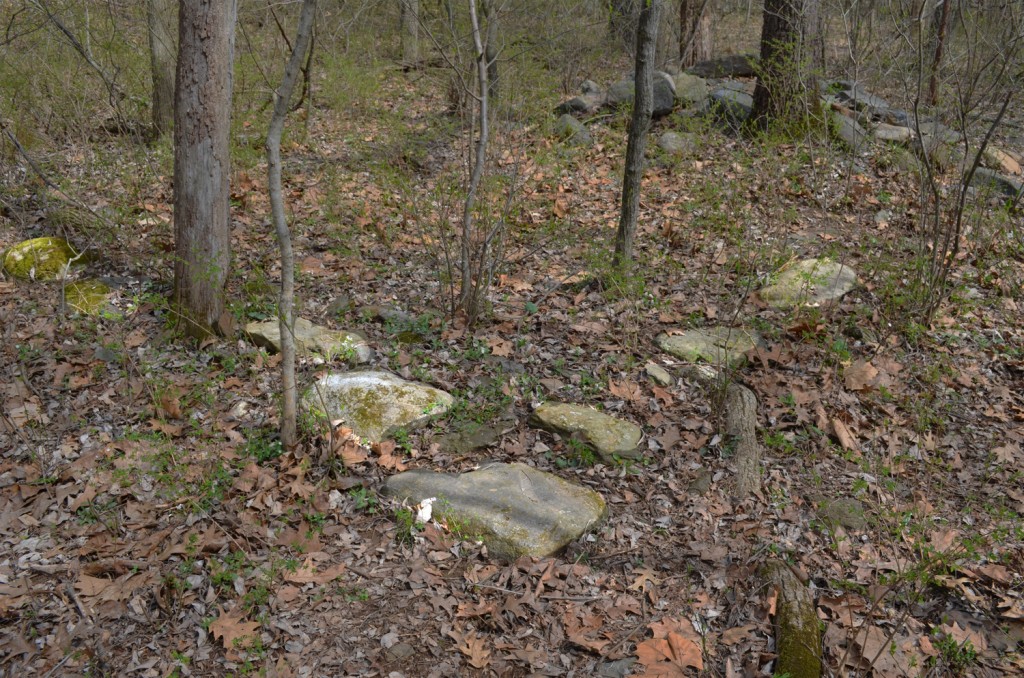
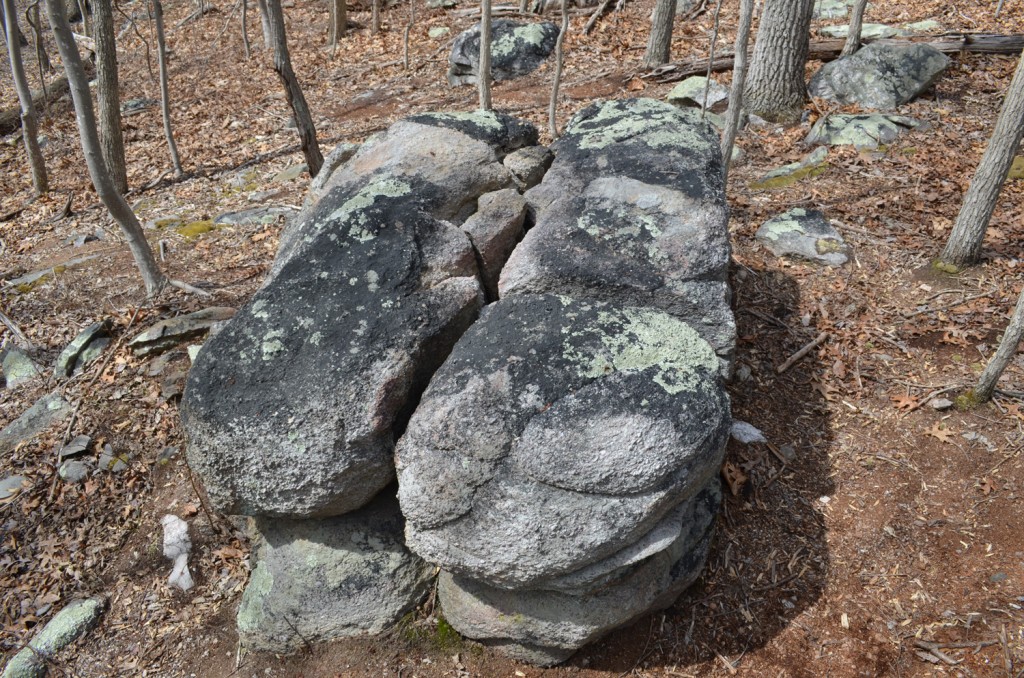
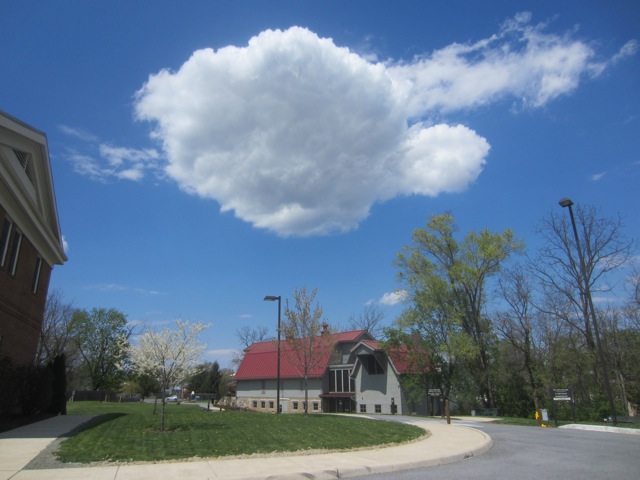

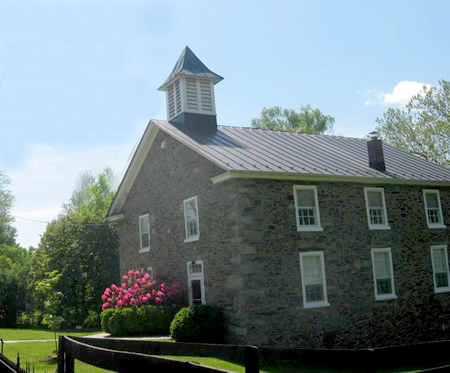
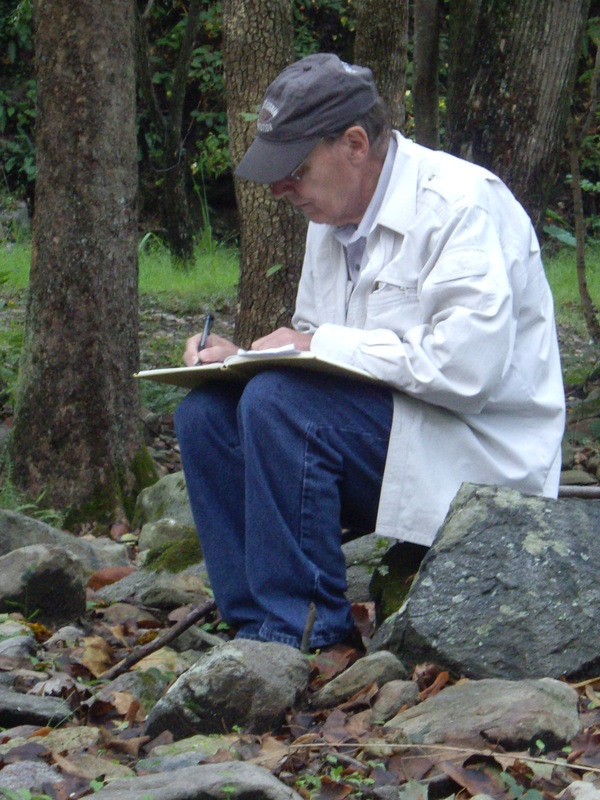
 RSS Feed
RSS Feed